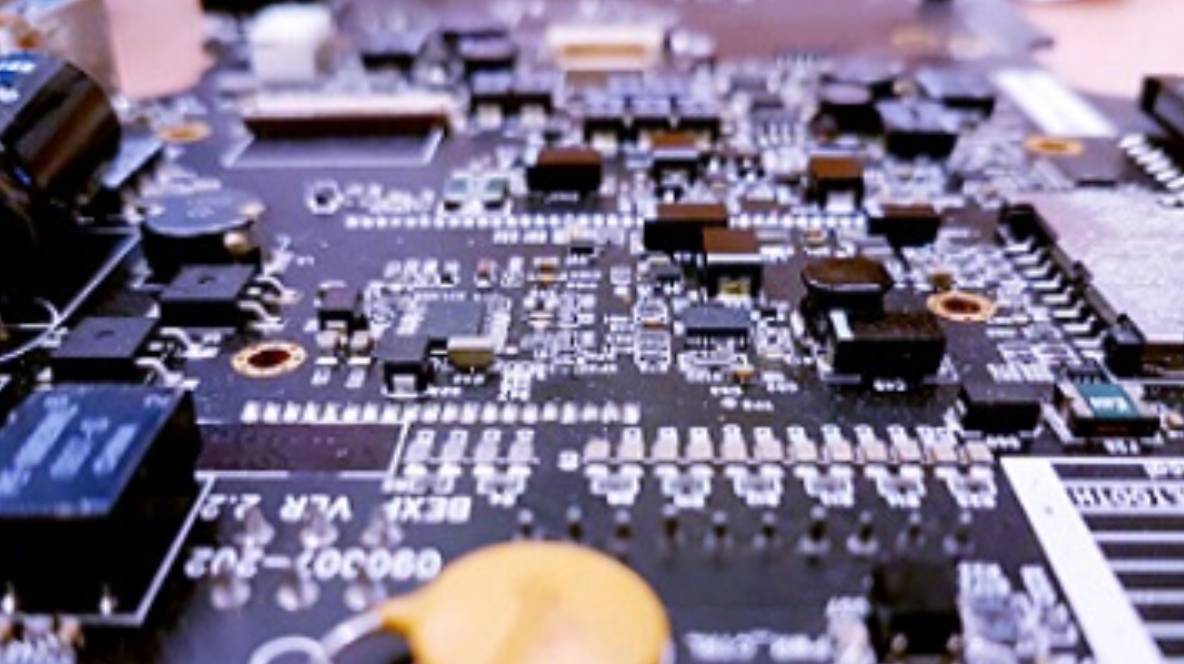UV Adhesive vs Solvent-Based Adhesive: Which is Right for Your Project?
Choosing the right adhesive can make all the difference in your project’s success. Whether you’re in the manufacturing industry, electronics, or DIY crafts, understanding the key differences between UV adhesives and solvent-based adhesives is crucial. In this article, we will explore the strengths and weaknesses of both types, helping you make an informed decision.
What is UV Adhesive?
UV adhesive, also known as UV-cured adhesive, is a type of adhesive that cures or hardens when exposed to ultraviolet light. This process involves a photochemical reaction that quickly solidifies the adhesive, creating a strong and durable bond. UV adhesives are commonly used in industries such as electronics, medical devices, and glass bonding due to their precision and efficiency.
What is Solvent-Based Adhesive?
Solvent-based adhesives contain solvents that evaporate as the adhesive cures, leaving behind a solid bond. These adhesives are known for their strong initial tack and versatile bonding capabilities. They are widely used in construction, automotive, and woodworking industries.
Key Differences Between UV Adhesive and Solvent-Based Adhesive
1. Curing Time
- UV Adhesive: One of the most significant advantages of UV adhesive is its rapid curing time. Once exposed to UV light, it can cure within seconds to minutes, making it ideal for high-speed production environments.
- Solvent-Based Adhesive: Curing time for solvent-based adhesives can vary from a few minutes to several hours, depending on the type and application. This slower curing process can be a drawback in fast-paced manufacturing settings.
2. Bond Strength
- UV Adhesive: UV adhesives provide excellent bond strength, especially for substrates like glass, metal, and certain plastics. The bonds are often resistant to temperature fluctuations and environmental factors.
- Solvent-Based Adhesive: Solvent-based adhesives also offer strong bonds and are highly effective for porous materials like wood and leather. However, they may not perform as well as UV adhesives in extreme conditions.
3. Environmental Impact
- UV Adhesive: UV adhesives are generally more environmentally friendly since they do not release volatile organic compounds (VOCs) during curing. This makes them a safer choice for both workers and the environment.
- Solvent-Based Adhesive: The evaporation of solvents in these adhesives can release VOCs, contributing to air pollution and potential health hazards. Proper ventilation and safety measures are essential when using these adhesives.
4. Application Precision
- UV Adhesive: The precision of UV adhesives is unmatched, allowing for intricate and detailed applications. This makes them perfect for electronics and medical devices where accuracy is crucial.
- Solvent-Based Adhesive: While solvent-based adhesives can be applied with precision, they may not offer the same level of control as UV adhesives in small-scale or delicate applications.
5. Shelf Life and Storage
- UV Adhesive: UV adhesives typically have a longer shelf life and can be stored at room temperature without special requirements.
- Solvent-Based Adhesive: These adhesives may have a shorter shelf life and often require specific storage conditions to prevent the solvents from evaporating or the adhesive from thickening.
Choosing the Right Adhesive for Your Project
When deciding between UV adhesive and solvent-based adhesive, consider the following factors:
- Speed of Production: If you need a fast-curing adhesive for high-speed production, UV adhesive is the better choice.
- Material Compatibility: Assess the materials you are bonding. UV adhesives excel with non-porous materials, while solvent-based adhesives are versatile with porous substrates.
- Environmental Concerns: If reducing VOC emissions is a priority, opt for UV adhesives.
- Application Requirements: For precision applications, UV adhesive is ideal. For general-purpose bonding, solvent-based adhesive may suffice.
- Storage and Handling: Consider the storage conditions and shelf life of the adhesive you choose.
Conclusion
Both UV adhesives and solvent-based adhesives have their unique advantages and applications. By understanding their differences and evaluating your project’s specific needs, you can make an informed choice that ensures the best results. Whether you prioritize speed, bond strength, environmental impact, or application precision, there’s an adhesive solution that meets your requirements.
For more information on adhesives and their applications, feel free to reach out to our team of experts. We’re here to help you find the perfect adhesive for your next project.
